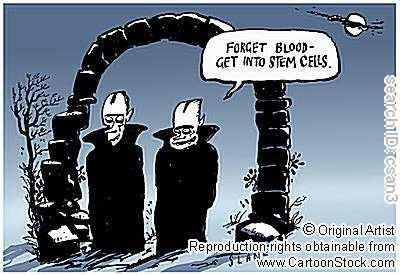Regenerative Medicine: Facts and Artifacts
Introduction
Regenerative medicine is the promised paradigm of replacement and repair of damaged or senescent tissues. As the building blocks for organ development and tissue repair, stem cells have unique and wide-ranging capabilities, thus delineating their potential application to regenerative medicine. The observation that organ-specific stem cells derive all of the differentiated cells within a given tissue has led to the acceptance of a stem cell hierarchy model for tissue development, maintenance, and repair. A number of pre-clinical and small clinical trials have shown that tissue regeneration can be induced when stem cells of various types - embryonic stem cells, stem cells from cord blood and bone marrow, and adult stem cells are injected into injured or degenerated tissue.
Types of Stem cells
Depending on their regenerative potency, stem cells are classified as totipotent, pluripotent, or multipotent stem cells.
- Totipotent stem cells have the potential to become any kind of cell in the body. After an egg is fertilized, it undergoes a series of divisions to become an embryo and later a fetus. The cells that are formed during these first few divisions are totipotent i.e. each cell can form a complete organism.
- Pluripotent stem cells result after totipotent stem cells undergo the first few divisions. Pluripotent stem cells include cells from the blastocyst stage of the embryo. Given the right signals, a pluripotent stem cell could turn into any cell in an organism (except placenta), potentially growing into tissue for a heart, a kidney or bone.
- Multipotent cells can be isolated from many tissues of the body and function as a repair system for damaged tissue. As compared to the totipotent and pluripotent stem cells, they possess a limited ability to differentiate into other cell types. Adult stem cells from the blood, nervous system and heart represent multipotent stem cells.
Clinical Applications
Regenerative Medicine provides a multidimensional paradigm of therapeutics for a plethora of end-stage diseases. TStem cells hold a soliution for almost every medical disorder today. For example, bone marrow stem cells transplantation for malignant and non-hematological disorders. Cardiac stem cells for end-stage heart diseases. Corneal and retinal stem cell populations have been identified for degenerative diseases of the human eye.
